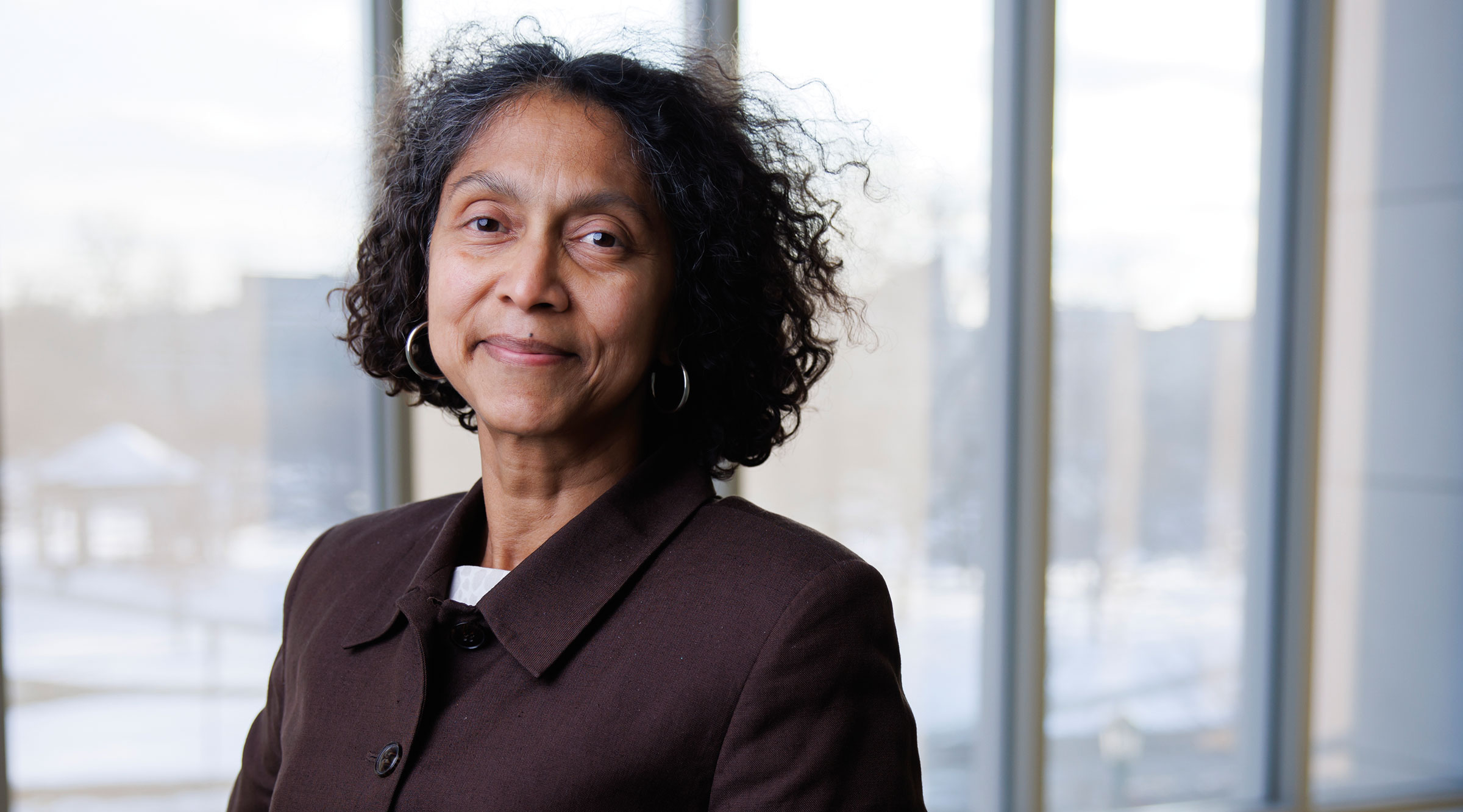Economic research on the COVID-19 pandemic often focuses on the apparent trade-off between containing the disease and sustaining the economy. “Flattening the curve,” or reducing the rate of infection so that health care systems aren’t overwhelmed, requires people to not engage in normal social or commercial activities. That, of course, has led to severe economic disruption and unemployment forecasts not seen since the Great Depression.
A new paper by Kyle Herkenhoff, a former staff economist at the Minneapolis Fed now at the Federal Reserve Bank of New York, along with David Berger at Duke University and Simon Mongey of the University of Chicago, offers a strategy that the economists say could reduce both the economic impact of the pandemic and its peak infection rate.
More intensive testing coupled with targeted quarantine, suggest the economists, would allow individuals known not to be infected to continue to work, while ensuring their separation from known-infected people and from the possibly infected until they can be tested and their infection status verified.
“Our main point: Targeted quarantine allows governments that can implement significant testing to produce more output than under the common quarantine policy,” write the economists, referring to a policy of universal separation and confinement. “If the medical system produces fewer deaths under a more distant and lower peak caseload, then the testing would also deliver fewer deaths.”
Bottom line: “fewer deaths and higher output.”
The proposed policy would thus alter the usual trade-off. By testing as many people as possible and sending known-uninfected people and those who have recovered back to work, the strategy would slow the spread of disease—enabling health care systems to better cope and cure—and also revive the economy. Assuming isolation is socially costly, allowing more interaction among individuals known to be healthy would also improve social well-being.
Extending the baseline
The economists stress that they are not epidemiologists and have no pretense that their rough sketch is a full-fledged public health strategy. Their aim is modest: They offer a contribution to the health policy toolbox through a modification to a specific epidemiological model, the baseline “susceptible-exposed-infectious-recovered (SEIR)” model for infectious disease forecasting. That model differentiates the affected population into four groups: those susceptible to a given infection, the subset of those susceptible who are exposed to the infectious agent, the fraction who are infected by that agent and, lastly, the infected who have recovered.
A targeted quarantine, rather than a blanket policy for the entire population leading to economic standstill, would be case-dependent: Is a person of unknown status, known positive, known negative, or recovered? Those in the latter two categories could be excused from separation and allowed to return to their jobs, while those in the first two would remain quarantined until they were tested and either released or isolated and treated.
To test their theory, the economists build and compare results from pandemic models that incorporate different policy measures. The first model is a pandemic with no policy intervention whatsoever: no testing, no quarantine; it thereby replicates the standard epidemiological forecast for pandemic contagion and sets a baseline to measure effectiveness of alternative interventions.
The second model is a benchmark that adds a common quarantine to the baseline forecast: Everyone is subject to the same restriction, regardless of their infection status.
Results from that benchmark are then compared with a policy of targeted quarantine, dependent on outcomes of widespread testing. Individuals would be sorted back into the work force, into quarantine, or into isolation and health care, conditional on their test results. This sharply differentiates the third model from the standard SEIR model in that it incorporates “incomplete information”—the actual infection status of asymptomatic individuals who have not been tested is unknown, and those individuals are therefore quarantined until tested.
The final model incorporates a more effective quarantine measure in which individuals face tougher enforcement of more restrictive confinement.
Results
In discussing results, the economists focus on the two “counterfactual,” or what-if, simulations—(1) a policy of common quarantine and (2) a policy of intensive testing and conditional quarantine. For both, they present projections for total COVID-19 cases, health system caseloads (the fraction of infected, symptomatic individuals in the economy), cumulative deaths, and economic output.
While they caution that the numbers themselves are not to be taken literally—their model lacks many quantitative features, and they are not qualified epidemiologists—the thrust of their argument is clear and powerful. By incorporating widespread testing and allowing individuals known to be uninfected to return to the workforce, the policy “alters the output-death trade-off.” Fewer people need to be quarantined, output is higher, and the economy recovers more quickly.
With such a policy, they conclude, “The government can do better than common quarantine, in terms of both deaths and output.”






